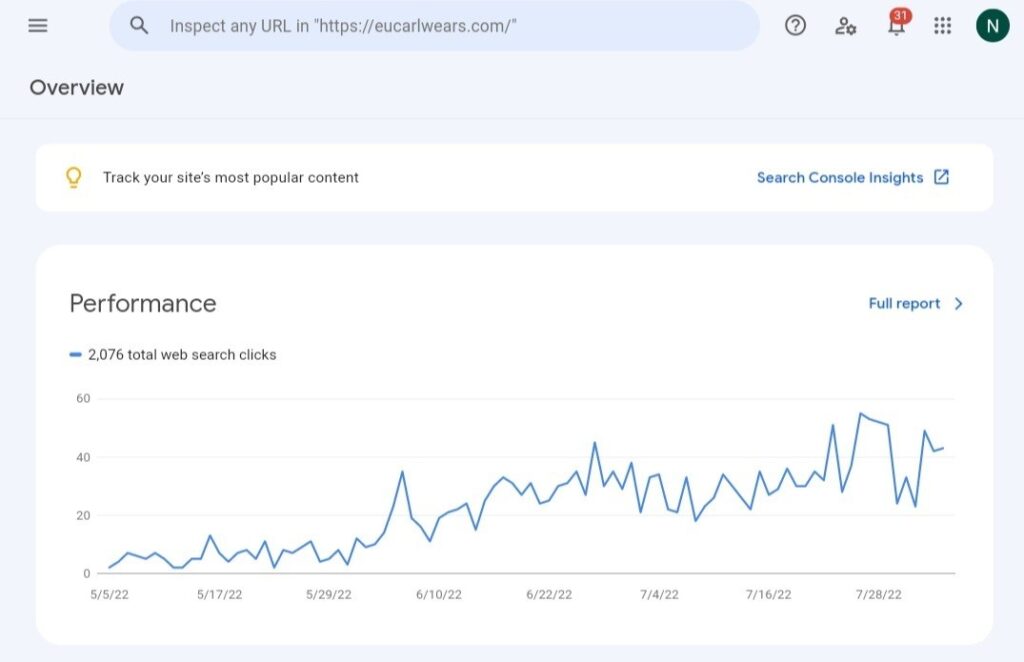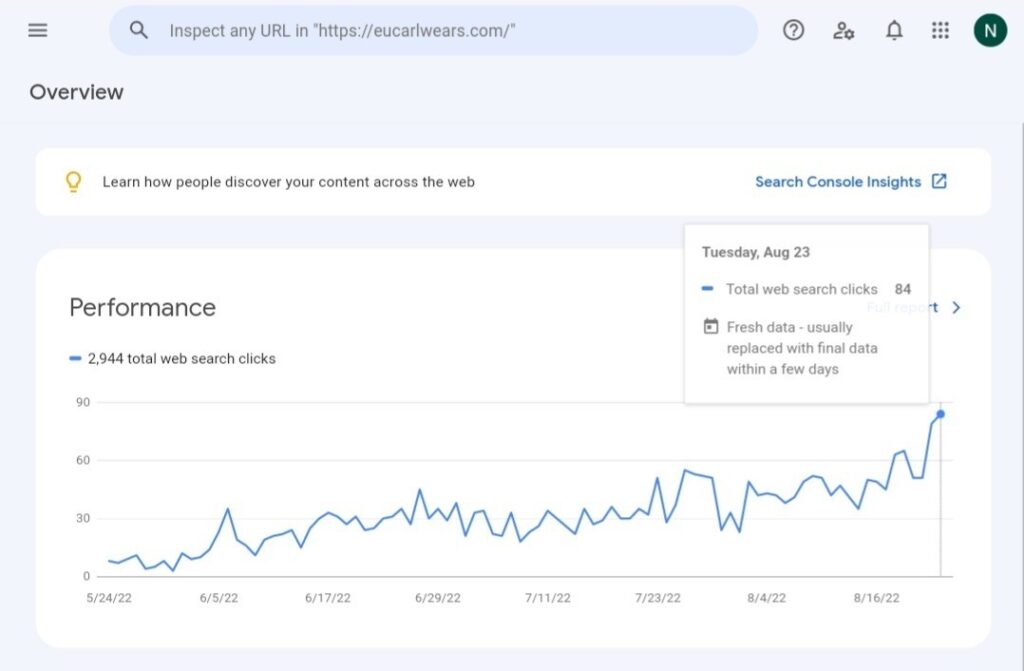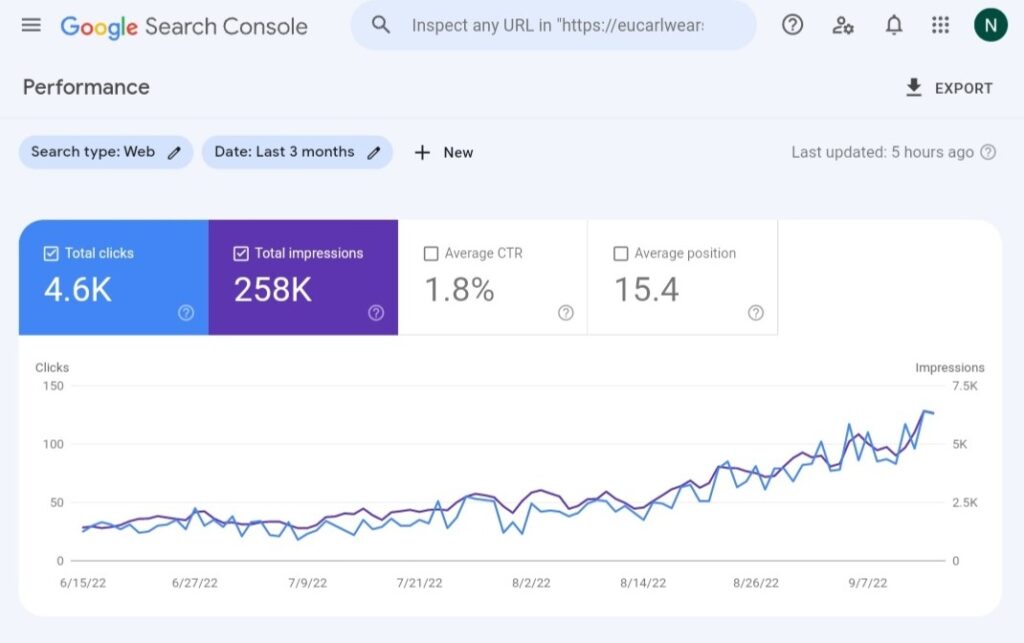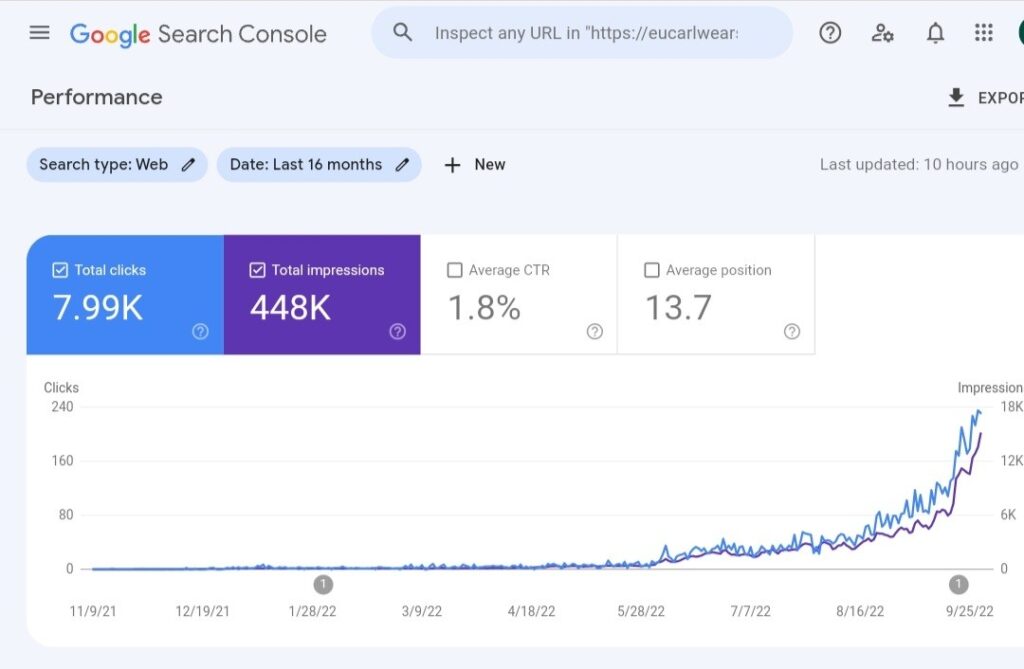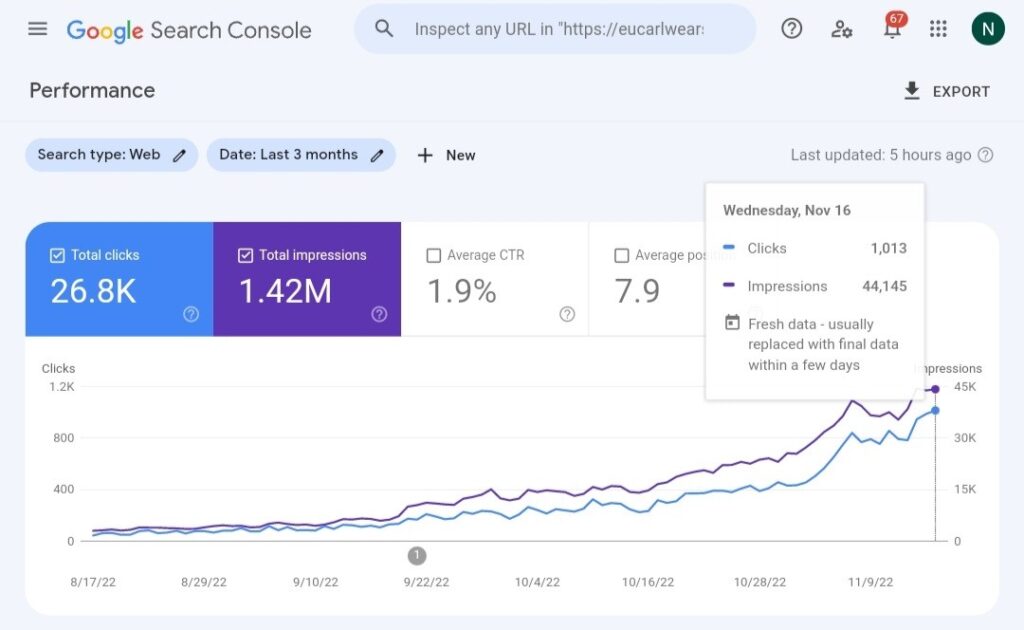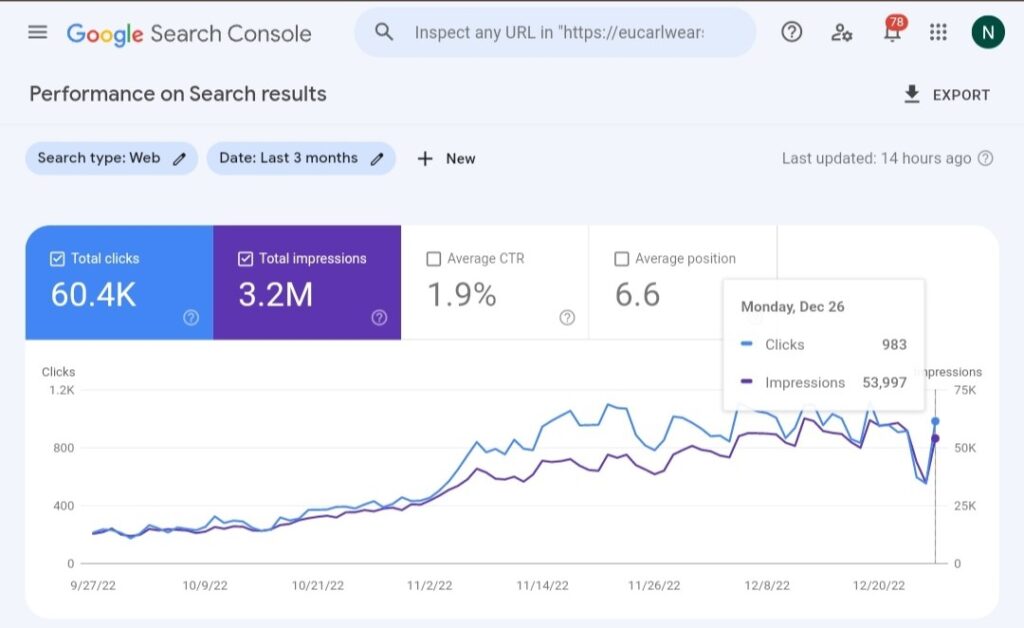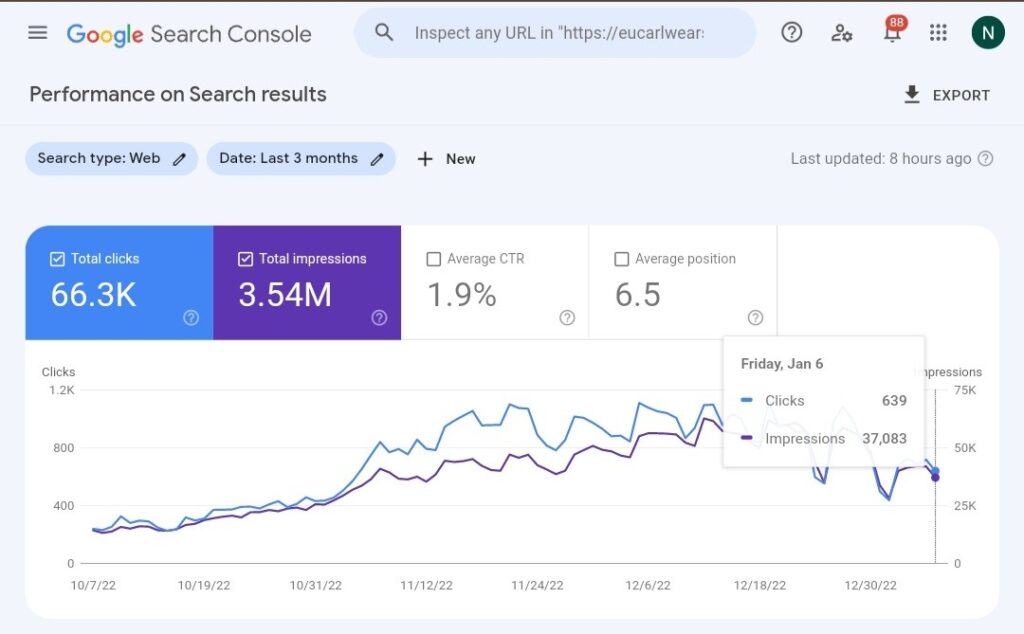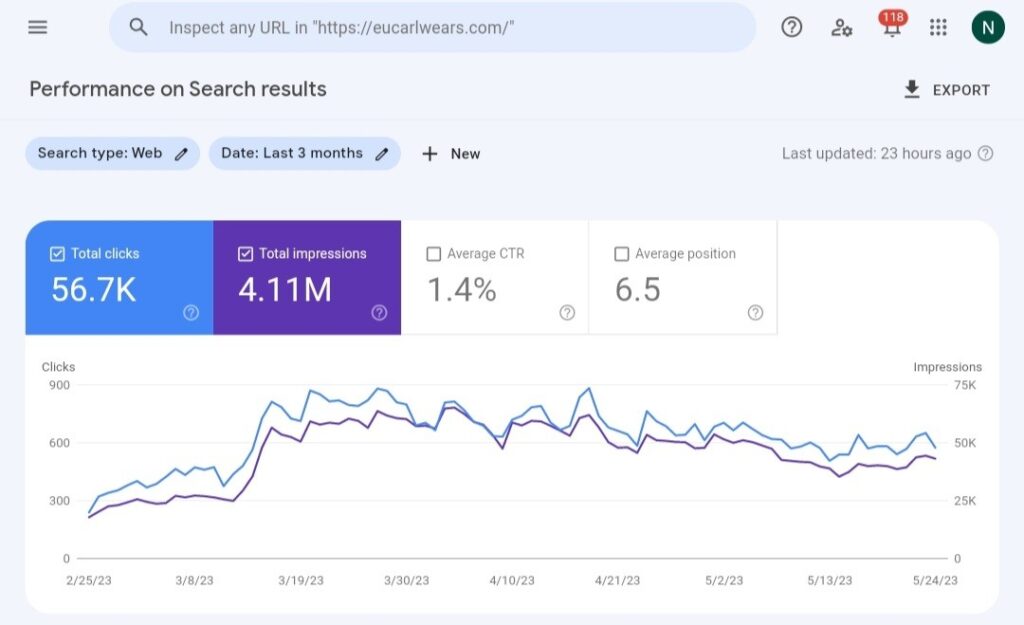Company Name – Eucarl Wears
Role – Fashion Content Writer
About Eucarl Wears
Eucarl Wears is an online fashion and lifestyle store. They share style guides and sell quality apparel from top designers. Eucarl Wears is run by Eucarl Media, part of Eucarl Global Resources. They saw that most fashion blogs were outdated or just not helpful enough. So, they launched Eucarl Wears to offer fresh fashion trends and honest advice on building a fashion business in Nigeria.
The Project
Objective
Create engaging fashion content and a strategy to drive traffic, inspire Nigerian fashion entrepreneurs, and position Eucarl Wears as a go-to resource for fashion trends and business advice.
Target Audience
The content was targeted at fashion lovers, small business owners, and aspiring entrepreneurs in Nigeria seeking practical fashion tips, trends, outfit inspirations, and step-by-step guides to launch or grow their brands or step up their style.
The Challenge
When I joined Eucarl Wears, many top fashion blogs already ranked for the keywords I had been assigned. The website’s domain rating at the time was 8, which made it more challenging to rank for even low-competition topics. The brand needed fresh, relatable content that would attract readers, boost website traffic, and stand out in a crowded market.
Analyzing the Problem
Identifying the site’s competitors
Eucarl wears had a purpose, which is to give their Nigerian readers fresh and relatable content that are not outdated. That was my starting point.
I used SEMrush and Ahrefs to map out fashion blogs that we were competing against, since that wasn’t straightforward. A lot of the immediate competitors’ blogs looked inactive or recycled old trends, making it hard to spot “real” competitors. I spent days digging into Google, Facebook pages, and forums to find active players, both local and international, to see what they were doing well (and where they fell short). It turns out that many focused on high-end fashion or generic advice, leaving a gap for relatable, practical content tailored to Nigerians.
Reviewing content from competitor websites
I made a list of the competitor blogs and scrolled through them. Then, I noticed a pattern: a lot of their content felt disconnected from everyday Nigerian realities. Many recycled generic “how-to” guides focused on luxury fashion, which most regular Nigerians couldn’t relate to. There was very little real talk about the cultural attire and tribal outfits. This showed me exactly where Eucarl Wears could step in with actionable, down-to-earth advice and stories that actually resonated with our audience.
Defining the gap at Eucarl Wears
I also noted gaps in three major areas at Eucarl Wears. These included:
- Gaps in existing content: Many of the existing blog posts felt outdated. They weren’t answering the questions our audience actually had about starting a fashion business in Nigeria, styling their outfits, or giving them style inspos that they could recreate.
- Difficulty Ranking for Short-Tail Keywords: Even though we wrote solid content, we struggled to rank for simple search terms like “how to start a fashion business.” This was because the site’s domain authority was relatively low at the time, and there were already top sites ranking in those spots.
- Not ranking in the images section on Google: Our visuals weren’t showing up in Google’s image search results. It turns out we weren’t just competing with blogs; we were fighting invisibility.
Creating a Content Strategy That Will Blow Up the Blog
Target Long tail keywords:
Since ranking for broad terms like “how to start a fashion business” felt impossible, I shifted focus to long-tail keywords and niche phrases like:
- “How to start a fashion business in Nigeria with no money”
- “Arewa fashion design for couples”
- “Ankara plain and pattern for women”
Using SEMRush and Ahrefs, I found less-competitive phrases that matched our audience’s real struggles. Then, I paired them with keywords around the same topic using “Answer the Public”, “Similar searches on Google,” and the “People Also Ask” section. For example, pairing “Ankara wears for ladies” with location-specific terms like “Office wears for ladies” helped us tap into searches that competitors ignored. This way, we could rank faster, drive traffic from overlooked gaps, and answer questions that, cover every angle.
Add Tribal-specific Keywords
One major issue I spotted with Afrocentric blogs was that African wears were limited to Ankara and Adire. While I paired keywords to form diverse topics around Ankara fabric, I also researched the different tribes in Nigeria and the outfits that were specific to each of them. This birthed topics like:
- Traditional Akwete Cloth of the Igbos
- Nupe Traditional Marriage Attires
- Idoma Traditional Wedding Attire, and
- Tiv Traditional Marriage Attire.
I also diversified to other African countries and their tribal wears such as
I did this because there were hardly any articles on this topic, and moving from a Nigerian to an African audience could benefit the blog in the long run.
Traditional Asian outfit inspos like the Indian Saree, Gharara, Lehenga Choli, and Mekhela Chador, amongst others, caught my interest. Since they were low competition topics, I created a subcategory for these attires.
Refresh outdated content on the blog
Blog topics like Cost of Hiring/Renting Wedding Gowns in Nigeria and Bridal Accessories You’ll Need on Your Wedding Day were outdated because of price and trend changes. I updated them with current trends and rates at the time to bring them up to speed with what was in vogue.
Create categories and subcategories
The fashion guide section was initially used for all the “how-to” and “guides” articles. I divided the fashion section into subcategories, including Men’s Fashion, Women’s Fashion, and a Kids section, to easily guide readers to the specific topics they were interested in. I also created sections on African and Asian wear, separate from the Wedding section, because not all traditional outfits are specific to wedding and marriage settings. This helped readers find what they needed fast.
Relating to the reader’s pain points and search intents
I noticed that most readers who searched for traditional outfits and cultural attire were looking for inspiration to create their own outfits. Besides providing a background on the outfit, how to source the clothes, and how to wear them, I also added images that they can save and reference at any time they intend to make their traditional outfits.
Internal linking
I revamped the internal links on the website into a silo structure. Each article now points to a pillar content or similar content that the reader may also be searching for. I also removed broken or deleted links and replaced the links where necessary.
Results
Growth was slow at first, but momentum gradually built over time. Many posts climbed into the top two spots on Google. Monthly impressions and daily page visits skyrocketed. By month 6, traffic hit 66,300 visitors, up from 2,076.
Here are screenshots showing our progress over time.
